
This story originally appeared on The Simple Dollar and was produced and distributed in partnership with Stacker Studio.
How does unemployment work?
The American workforce has been devastated by the coronavirus pandemic. Between social distancing measures, mandatory closures of businesses, and reduced customer capacity, the preventive measures to reduce the spread of the virus have slashed revenue at many companies—forcing them to furlough or lay off huge swaths of their employees.
More than 45 million Americans, mostly service workers, people in arts and entertainment, small-business owners, construction workers, salespeople, and transportation professionals, lost their jobs between March and mid-June. Bloomberg Markets has predicted that another 6 million white-collar jobs may be on the chopping block in a second round of cuts.
Paychecks are drying up, but bills won’t stop coming. So how can people stay afloat while they search for their next career opportunity? The answer for many has been unemployment insurance. The 85-year-old federal-state program temporarily provides a portion of wages to workers who have lost their jobs through no fault of their own, as long as they are available and looking for work.
While unemployment benefits vary significantly from state to state, they typically replace about half of workers’ average weekly earnings for up to 26 weeks.
That might be enough to help people scrape by until they get a new job offer in normal times, but the uncertainty of the pandemic has made things much harder. In response, the federal government passed the Coronavirus Aid, Relief, and Economic Security (CARES) Act in late March.
The $2 trillion relief package helps states extend unemployment benefits to workers who don’t usually qualify—like freelancers, ride-share drivers, and the self-employed—and enhances compensation by up to $600 per week. It’s a lifeline to many workers who’ve been suffering during the COVID-19 crisis.
Getting the money is a tricky process under normal circumstances, and now that states have been scrambling to offer the new federal benefits and serve a huge influx of recently unemployed people, everyone will need to be persistent to get the benefits to which they’re entitled.
To help laid-off workers navigate the unemployment system, The Simple Dollar looked at information from a variety of official sources, including federal and state labor departments; the Consumer Financial Protection Bureau; unemployment fact sheets; as well as third-party resources, like CNBC, Nolo, TurboTax, and Bench.
Click through to learn more about how unemployment works and what you may need to do to get benefits if you lose your job.

Eligibility depends on how job is lost
Guidelines for unemployment insurance vary by state, but eligibility usually requires that you “are unemployed through no fault of your own,” according to the U.S. Department of Labor. This typically means you were laid off or furloughed from your last job. You may have trouble qualifying for unemployment benefits if you voluntarily quit your last job or you were fired for certain reasons, like violating safety rules or failing a drug test, according to Lisa Guerin of Nolo.

Meeting work and earning requirements
To qualify for unemployment insurance in most states, individuals will need to meet certain criteria during their “base period”—typically the most recent four of the previous five calendar quarters before filing a claim for benefits, according to the U.S. Department of Labor. Representatives at the state agencies that handle unemployment will determine if a person earned enough money and worked enough calendar quarters to receive unemployment insurance.

Appeal denied benefits
State unemployment insurance programs have many reasons they may disqualify applicants from receiving benefits, such as if they decide a person hasn’t been actively seeking work, didn’t have a “good cause” for leaving a job, or lied to receive benefits. Those who are denied benefits have the right to submit an appeal to the state’s decision within a certain period of time.

Don’t delay application for unemployment insurance
The U.S. Department of Labor recommends that workers apply for unemployment benefits as soon as possible after their jobs end. It may take two or three weeks after submitting an application before benefits are received.

Most states allow phone or online claim
Most, if not all states allow applicants to submit an unemployment claim by phone or online, according to the U.S. Department of Labor. In-person applications, while usually available, may be suspended in some states due to the pandemic. Check the U.S. Department of Labor’s list of unemployment insurance offices in every state for local contact info.

Self-employed workers and independent contractors may qualify
The federal CARES Act allows states to offer unemployment insurance benefits to people who don’t usually qualify, such as self-employed workers, independent contractors, and gig workers. Availability of these extended benefits varies by state, so check with your state’s program for details.
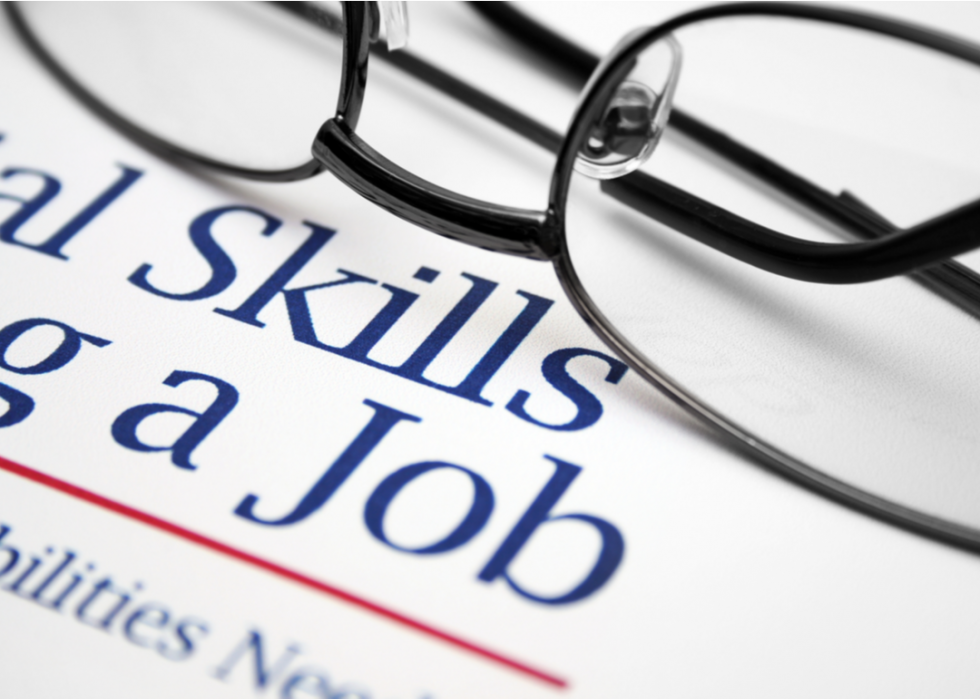
Read the unemployment handbook
States typically send people who submit unemployment insurance claims a detailed handbook, either in the mail or online. It includes information on certifying for benefits, rights and responsibilities while receiving compensation, how to stay eligible for the program, and ways benefits may be lost.

Provide complete and correct information
The unemployment insurance application typically asks for a variety of information related to previous employment, including the address of the last workplace and the dates worked there. Submitting an incomplete or inaccurate application might lead to delays in a claim, so be as accurate as possible.
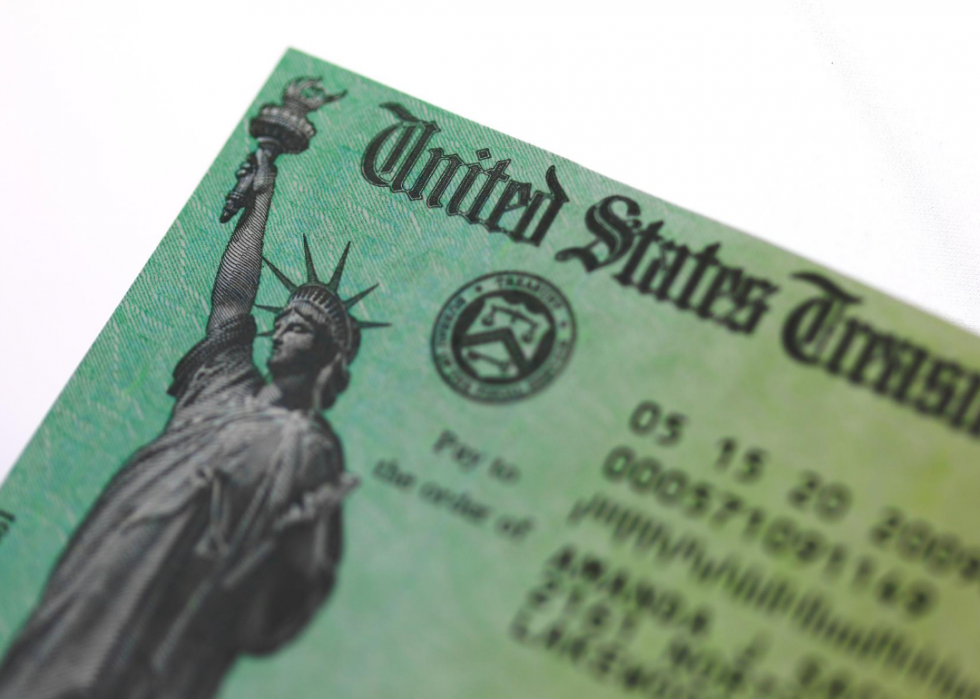
Weekly benefits vary from $213 to $555 across the country
The average weekly amount for unemployment benefits in the United States is $378, according to 2019 data from the U.S. Department of Labor analyzed by Greg Iacurci of CNBC. The actual amount paid on each claim varies significantly from state to state. Mississippi, for example, pays a weekly average of $213, while Massachusetts pays $555 each week. How much an individual gets from unemployment insurance will depend on the wages earned in the base period and the state that’s providing the benefits.

Duration of benefits differs state to state
How long individuals can receive unemployment benefits depends on where they live. Most states will pay unemployment claims for up to 26 weeks, but some, like Florida and North Carolina, put a 12-week ceiling on benefits, according to Greg Iacurci of CNBC.
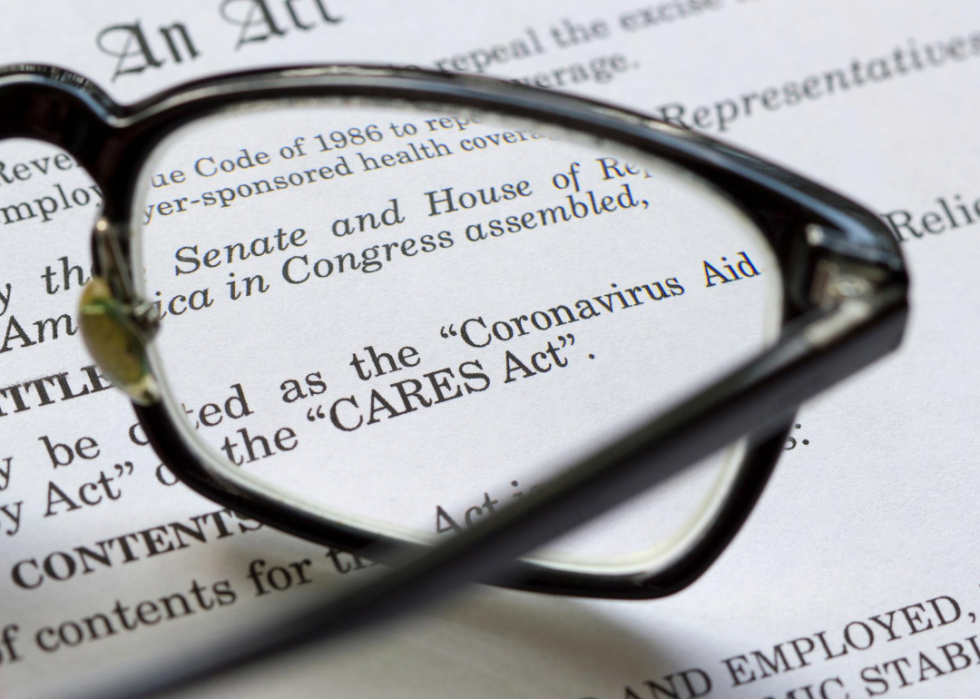
The CARES Act expands unemployment pay and duration
To help workers deal with the economic challenges of the pandemic, the federal government passed the CARES Act to expand unemployment benefits. It increased unemployment benefits by up to $600 per week for a maximum of 39 weeks. At the time of publishing, the expanded benefits were set to end by July 31.
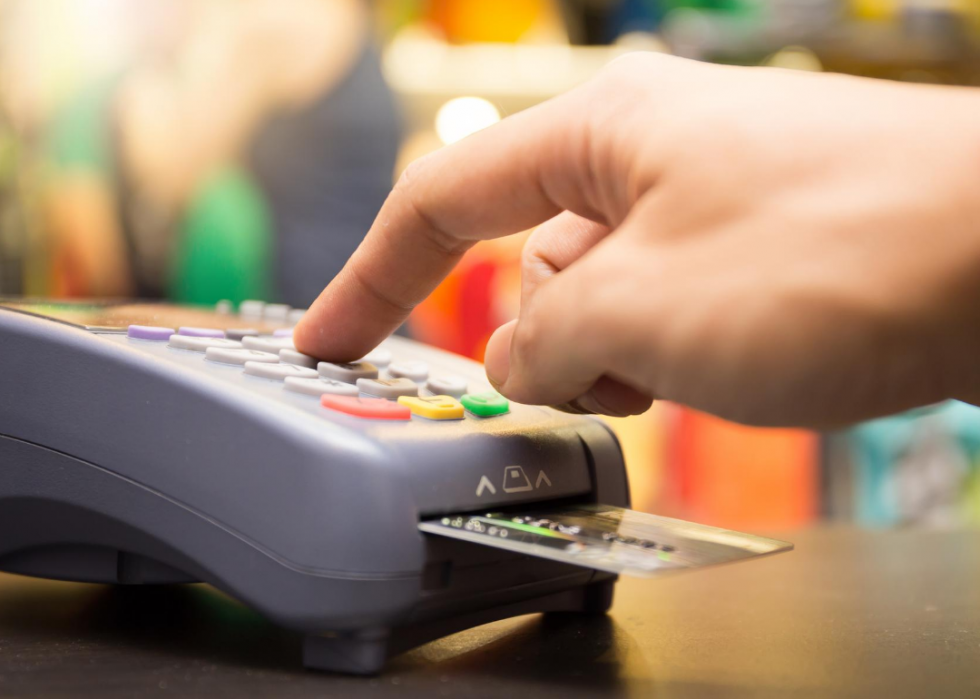
Choose from a debit card, direct deposit, or check
Applicants can usually choose how they’d like to receive their unemployment insurance pay, according to Sangeetha Malaiyandi of the Consumer Financial Protection Bureau. Most states allow recipients to receive the money through a direct deposit into their bank accounts or on a state-issued prepaid debit card, which will get topped up every week they’re eligible for benefits. Some states also offer unemployment benefits by paper check upon request.
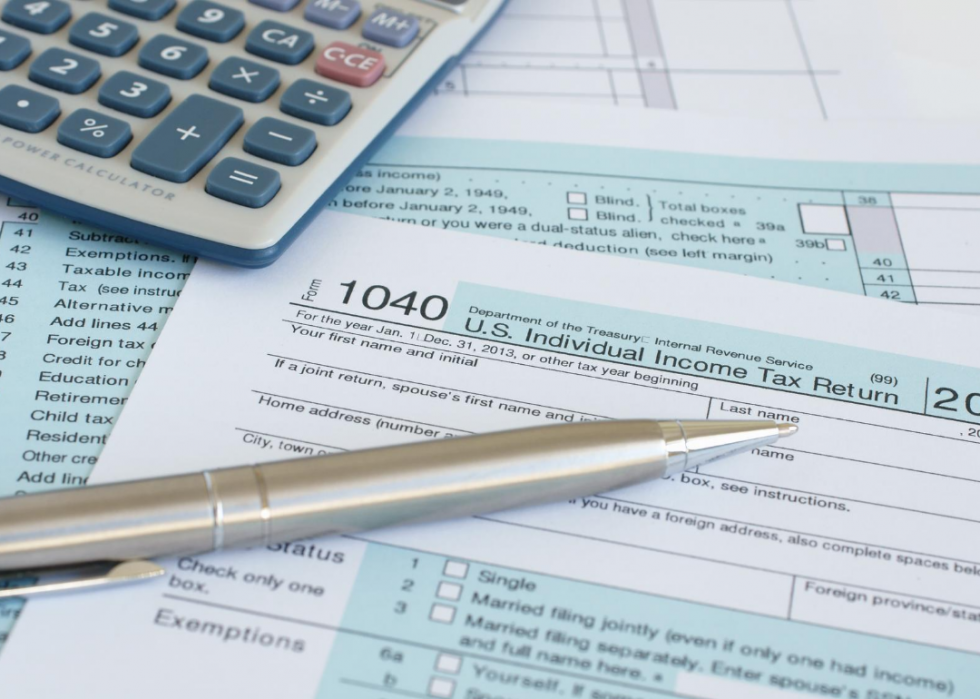
Taxes due on unemployment benefits
While there aren’t restrictions on how the unemployment money is spent, federal taxes and potentially state taxes will need to be paid on any benefits received. If individuals don’t want to get a hefty tax bill next year, they can request that the government withhold taxes from their benefits by filling out form W-4V.

Certify eligibility for benefits every week
After applicants have been approved for unemployment insurance, they typically must certify eligibility with their state’s unemployment benefits program every week, or biweekly, depending on the state, to continue receiving payment. Certification forms, which can usually be filled out online or via phone, ask a series of questions about the previous week, such as how many hours worked, if any; how much money was earned, if any; whether applicants were available and willing to work; and whether they received other compensation such as sick time.

Work search requirement may be waived during the pandemic
States usually require people receiving unemployment benefits to actively search for a new job and keep a work search record of the places they’ve applied. Some states, including New York, Florida, North Carolina, and Washington, have loosened that requirement or waived it entirely during the COVID-19 pandemic.

Unemployment benefits stop if asked to work
Workers who were furloughed during the pandemic will usually stop receiving unemployment benefits if their place of employment reopens and asks them to return. Getting called back to work counts as “an offer of suitable employment” and thus disqualifies individuals from receiving unemployment pay in most cases, according to the U.S. Department of Labor.

PPP loan may end unemployment benefits
People may lose the expanded unemployment benefits they receive through their state and the CARES Act if their previous employer receives a forgivable loan from the Paycheck Protection Program and reinstates part, or all, of their paycheck. Depending on their wages, they may receive less money than they do on unemployment benefits if their employer participates in this program.
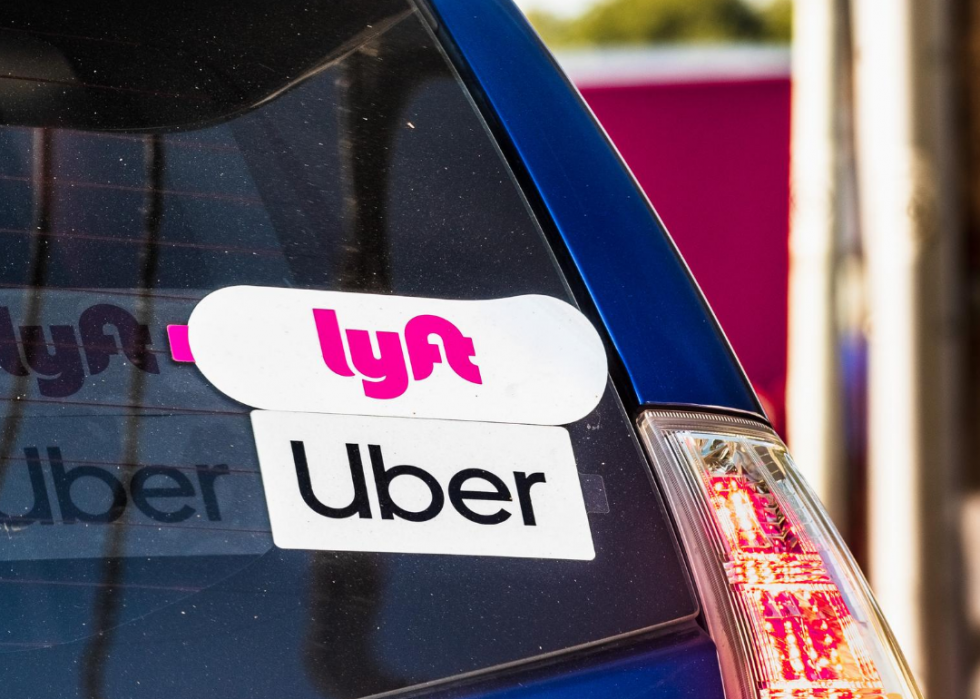
Independent contractors can’t get PPP and unemployment
Qualified gig workers, independent contractors, and self-employed people who have been disrupted by the pandemic may be able to receive a forgivable loan of an amount equivalent to 2.5 times their monthly pay through the Paycheck Protection Program. However, they can’t receive both unemployment insurance and PPP at the same time, according to Erica Gellerman of Bench. They’ll need to crunch the numbers to see which one will get them the most money before choosing a program.
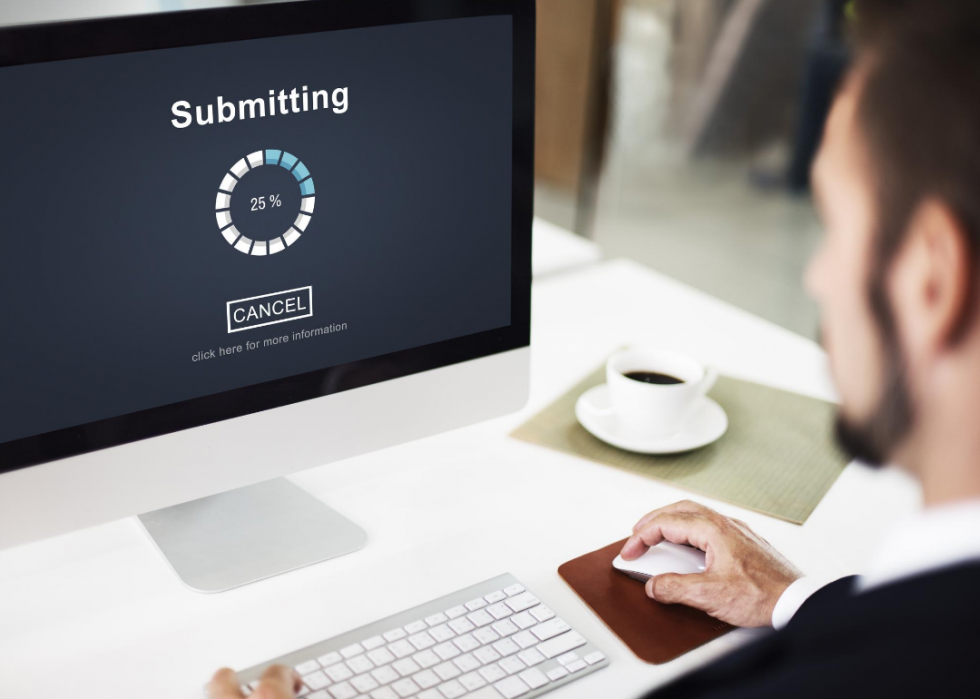
Expect long wait times and glitchy websites
Many state unemployment programs buckled under the incredible demand from new applicants during the pandemic. Applicants have reported wait times on unemployment hotlines that last 8 hours and glitchy websites that are unavailable for hours on end, according to Colin Lecher and Mia Sato of The Markup.

Year-end unemployment earnings statement on its way
Early next year, states will send out IRS Form 1099-G, which includes the total amount of unemployment compensation received, as well as the federal and state tax withheld, if any, according to TurboTax. Use this form to report the money received from unemployment benefits when filing your federal tax return.



